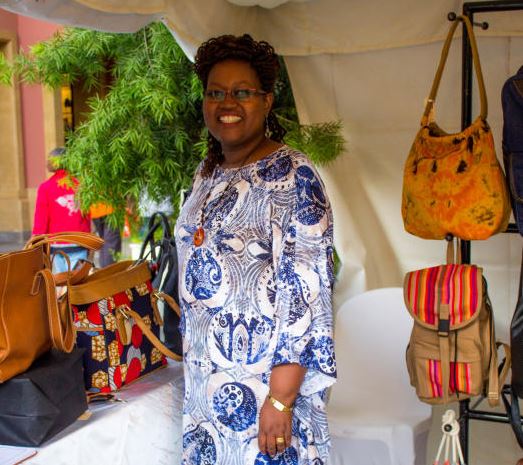
If you want to export something to overseas, they say, attending an overseas trade show is the fastest route to get your brand out into the market and meet potential buyers and agents as a Small and Medium Enterpise (SME).
Before you show up for the trade show, here’s why you should consider getting into the export business. Data from Export Promotion Council (EPC) shows that Kenya exports products worth Sh550 billion annually. About 60 per cent of these exports comprise just 10 products, which go to only 12 destinations, half of which are in Africa.
For this reason, the EPC in 2015 supported selected SMEs to gain entry into this huge market by taking them to international expos, trade fairs and exhibitions. The 17 who were chosen have now come together to help start a Kenyan own trade fair named Ubunifu Association Kenya and support SMEs that have not had an opportunity to get international market exposure.
“It was while at a New York exhibition in 2016 that we decided to get together and start the Ubunifu Association Kenya which has now done its first Trade Fair - Handcrafted in Kenya Trade Fair,” says Grace Mbugua, the current chair of Ubunifu.
With projections of more than Sh1 million sales already having been made by the over 40 registered members under Ubunifu umbrella, and the more than 50 who turned up for the trade fair, here are experiences of some of the exporters.
READ MORE
How solo entrepreneurship hinders the growth of SMEs
America unfazed with Chinese influence as Ruto meets Jinping
Kamaldeep Sandhu of ‘Malaika Gifts & Interiors’
In 2015, Kamaldeep Sandhu started Malaika Gifts & Interiors to fulfill a childhood dream, a time when the Export Promotion Council was supporting local manufacturers to link to international exhibitions. “When I look back, I feel I have achieved one of my top dreams. I have been able to bring together the dreams of various artists together as I always envisioned,” Sandhu says. She has managed to take artisans products and sell them locally and abroad.
Under Malaika, 25 to 30 artisans are beneficiaries of her platform. She has managed to capitalize on the EPC window of exporting the products to other countries.
But for her, being part of the few who have succeeded in taking their products to the outside market, she is happy to be making other people happy.
Sandhu advises SMEs with dreams to export products to make the right choices of products for export. She says, different export destinations have different standards that one must meet.
Ann Messi of Messi Enterprises
When Ann Messi, 53, graduated from college with a fashion and design certification in 1983, she had many expectations from the cottage industry which was blooming then. However, the factories began closing down moments later which shut down her dreams.
After hustling for years selling mitumba and opening up Messi Enterprises and closing it down in 1997, she revived it in 2015 when EPC came knocking.
Messi enterprises deals with products like leather bags, tie & dye, tailoring and also makes hangings and has a workforce of about 5 people.
Having travelled the world with EPC, she says this about the export market. “Export products can be rejected due to a simple stitching hitch, therefore, one should watch out for this. One should also watch out for the right raw materials to make quality products and beat the substandard cheap materials,” Messi says.
Catherine Ndung’u of Design365
At the age of 48 years, Catherine Ndung’u says, her experience in the sales and marketing profession is what propelled her to the top heights in running her SME.
Her strength has been the focus on Kenyan cultural products. “Apart from taking products for trade fairs with the EPC, I have supplied branded products to KTB and a number of local tours and travel agencies in Kenya,” she says.
“Export market is not for the faint hearted. It takes resilience and believing in oneself. One should do enough research on culture perception of the target market,” she says.
Wambui Mwangi of ‘Wambui Design’
Having studied in Germany and Paris, she is proud to have learnt the major aspects of design in all these countries.
She helps members of Thatha community in Machakos County grow their artistry and design aspects to earn a living. “I have been working with a group from Thatha, Machakos County since 2011. They make their products and I help them source for market and take their products in exhibitions both locally and in the international platforms,” Wambui says.
She says she is happy that the 10 to 20 beneficiaries of the project are able to sustain themselves in their life. “On average, some artisans in the group make Sh20,000 per month. This is from the orders that we get on a daily basis.”
Since some of their products have managed to tap the forgotten cultural heritage of the African setting, they have been able to conquer the world. “Some of our products are modeled in the shape of a calabash. A calabash which had lost its functionality a few years ago can now be redefined a fresh through our products.”
hustle@standardmedia.co.ke

